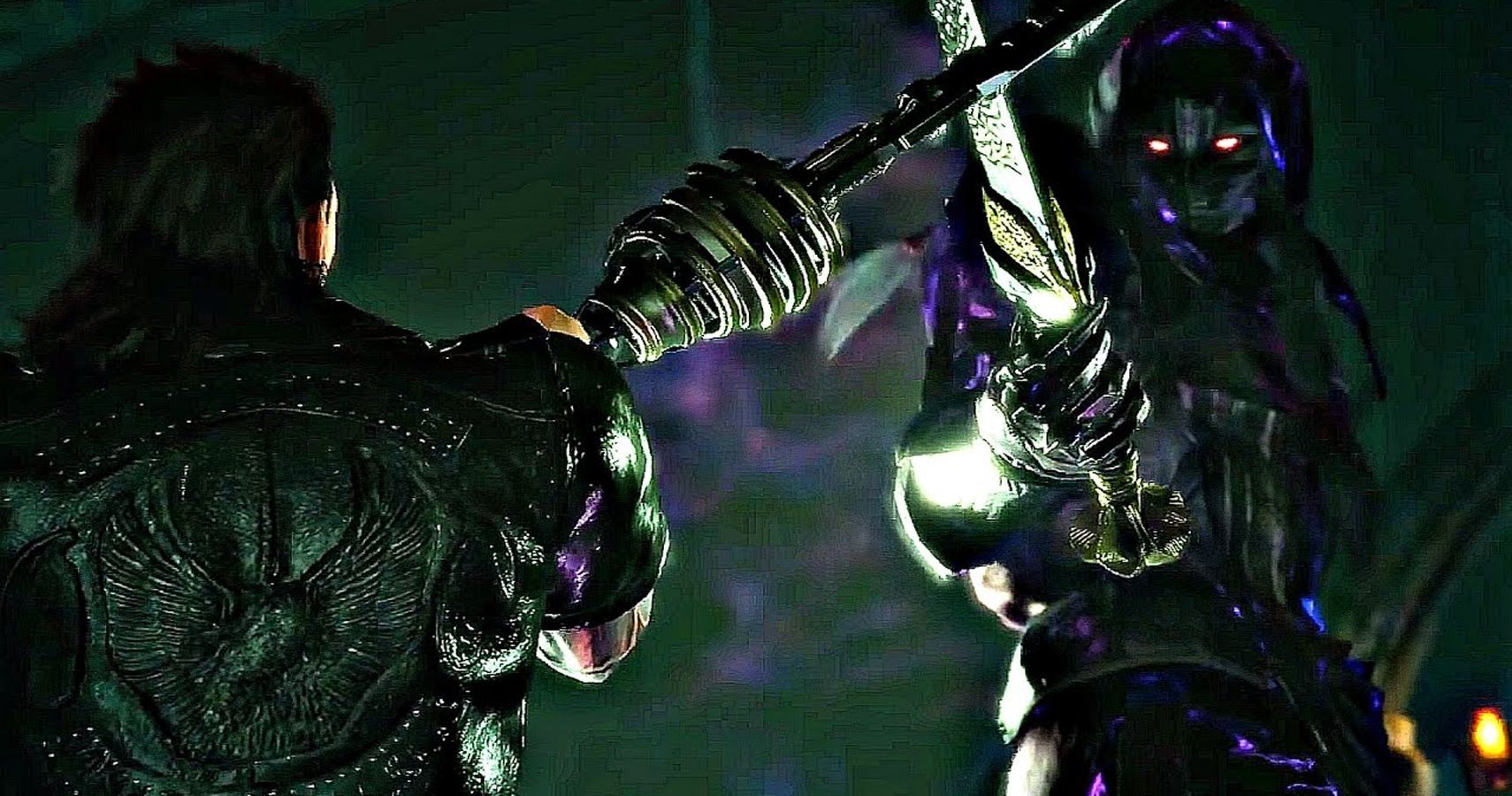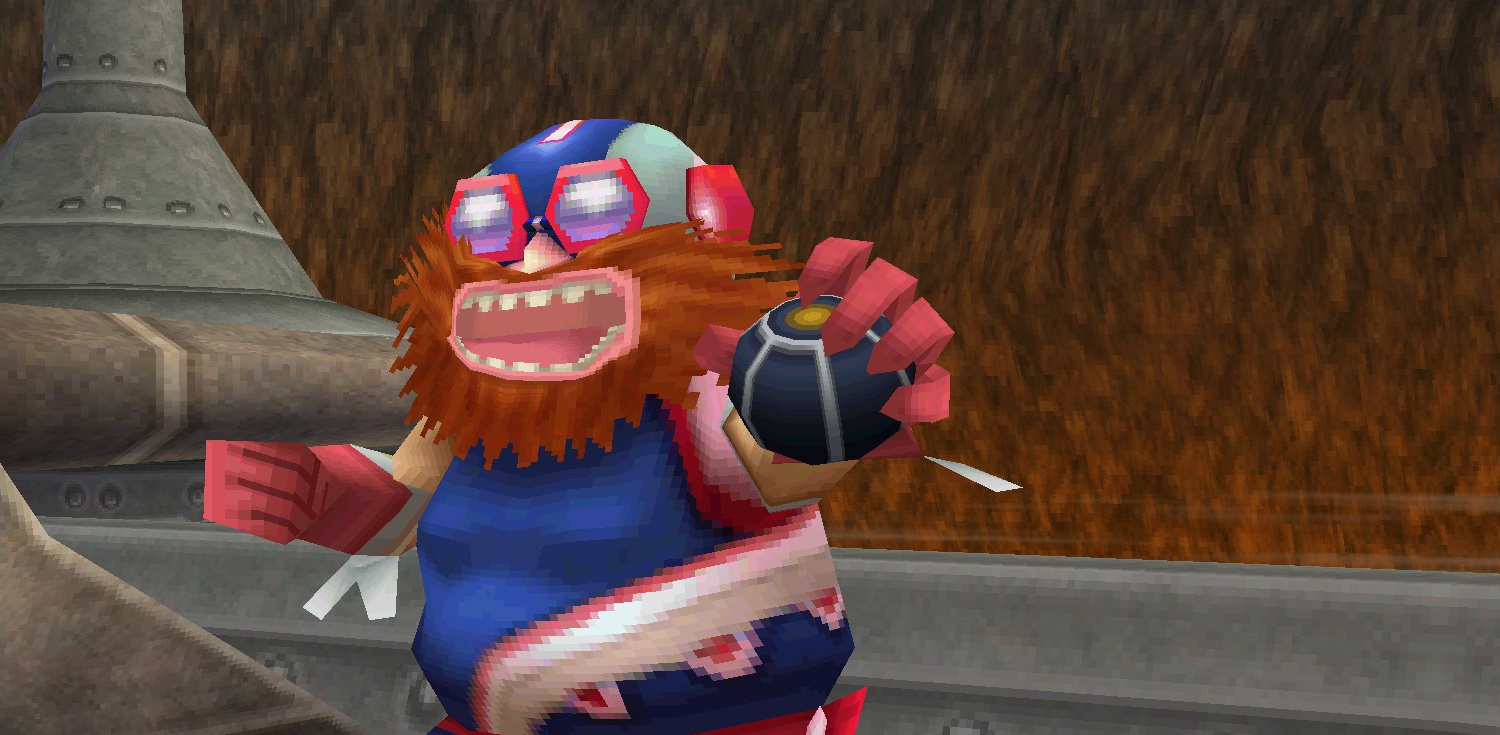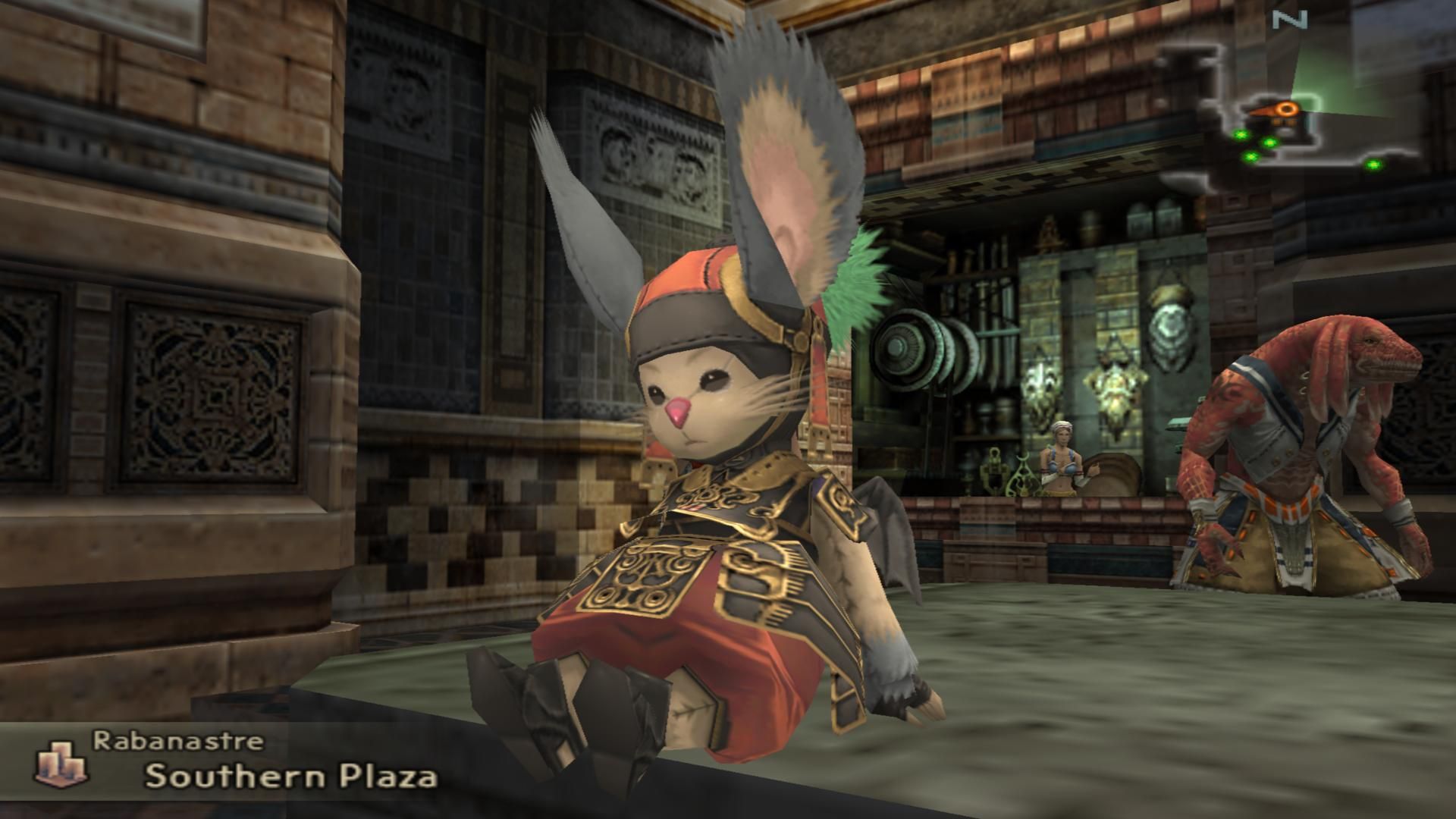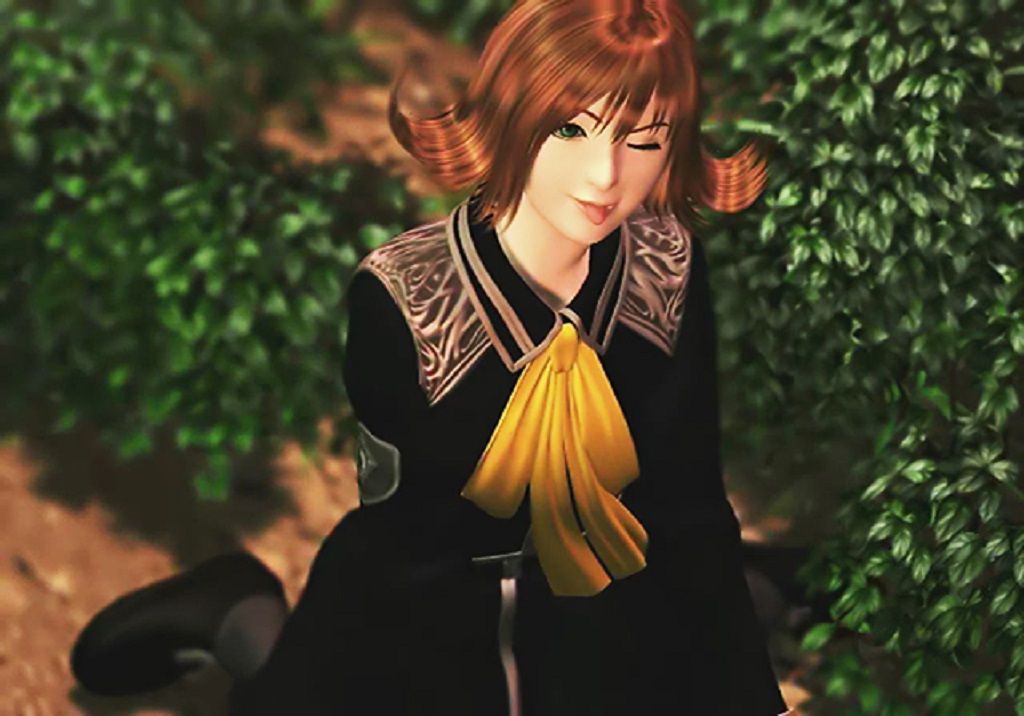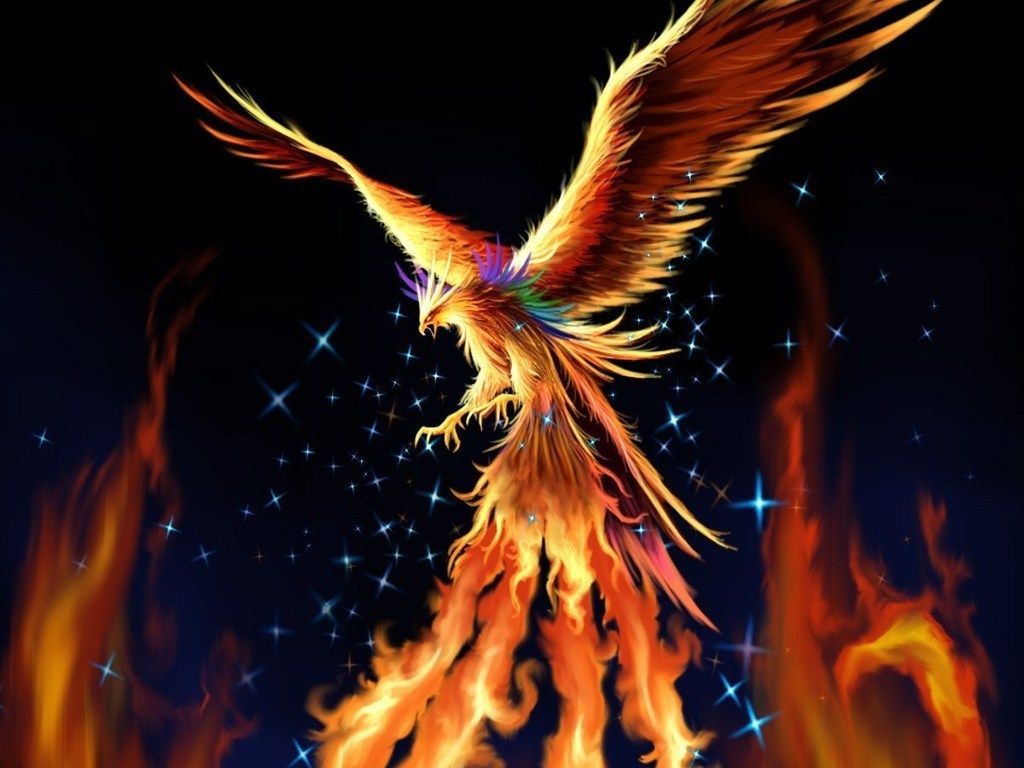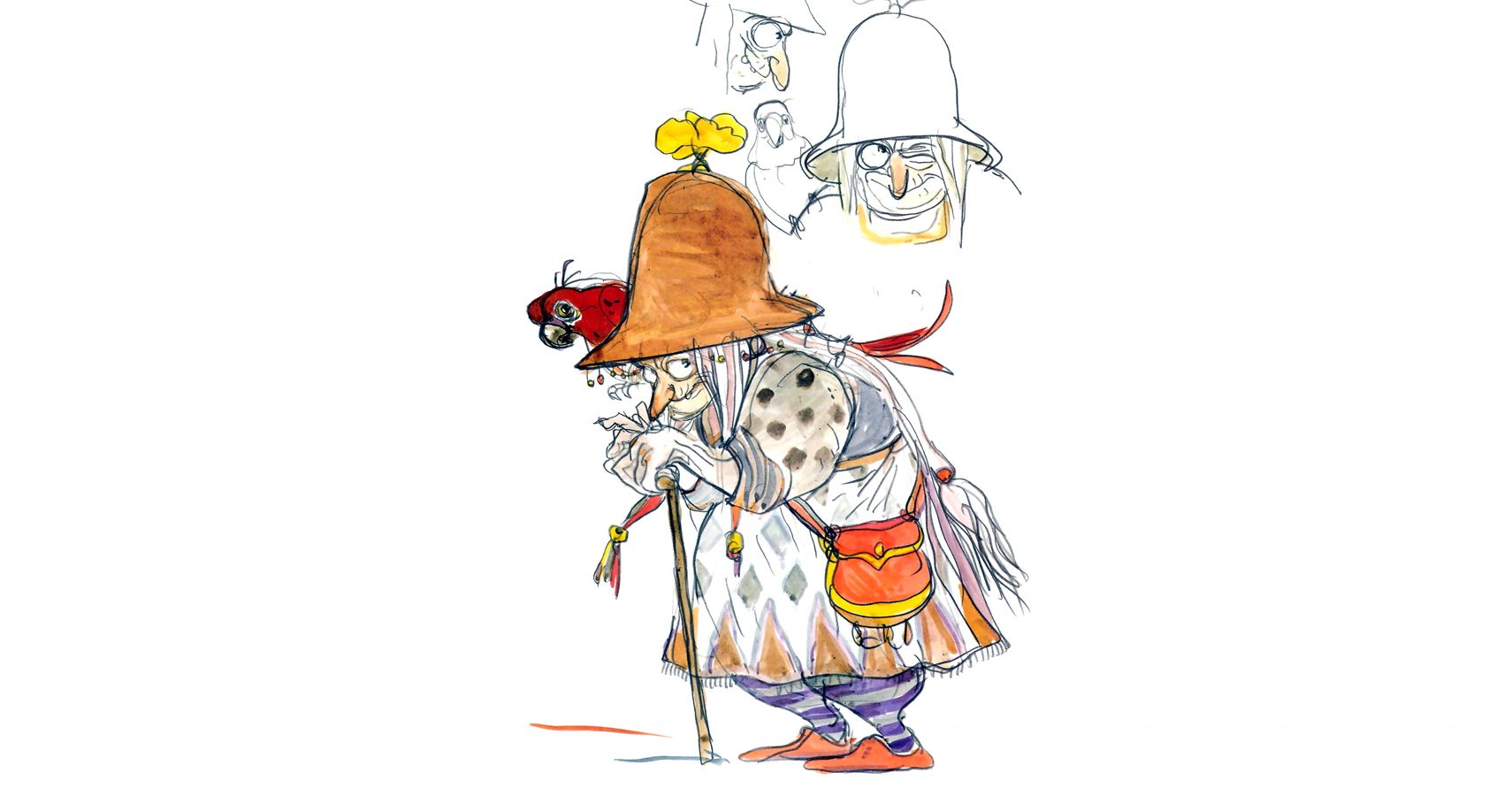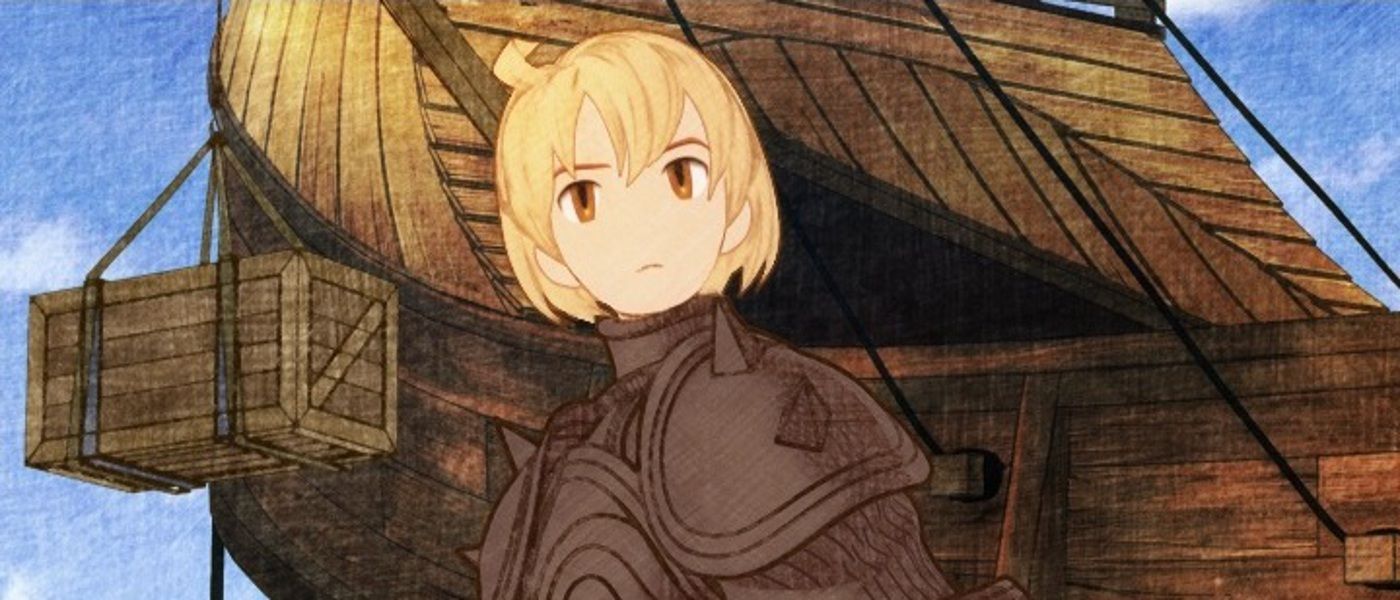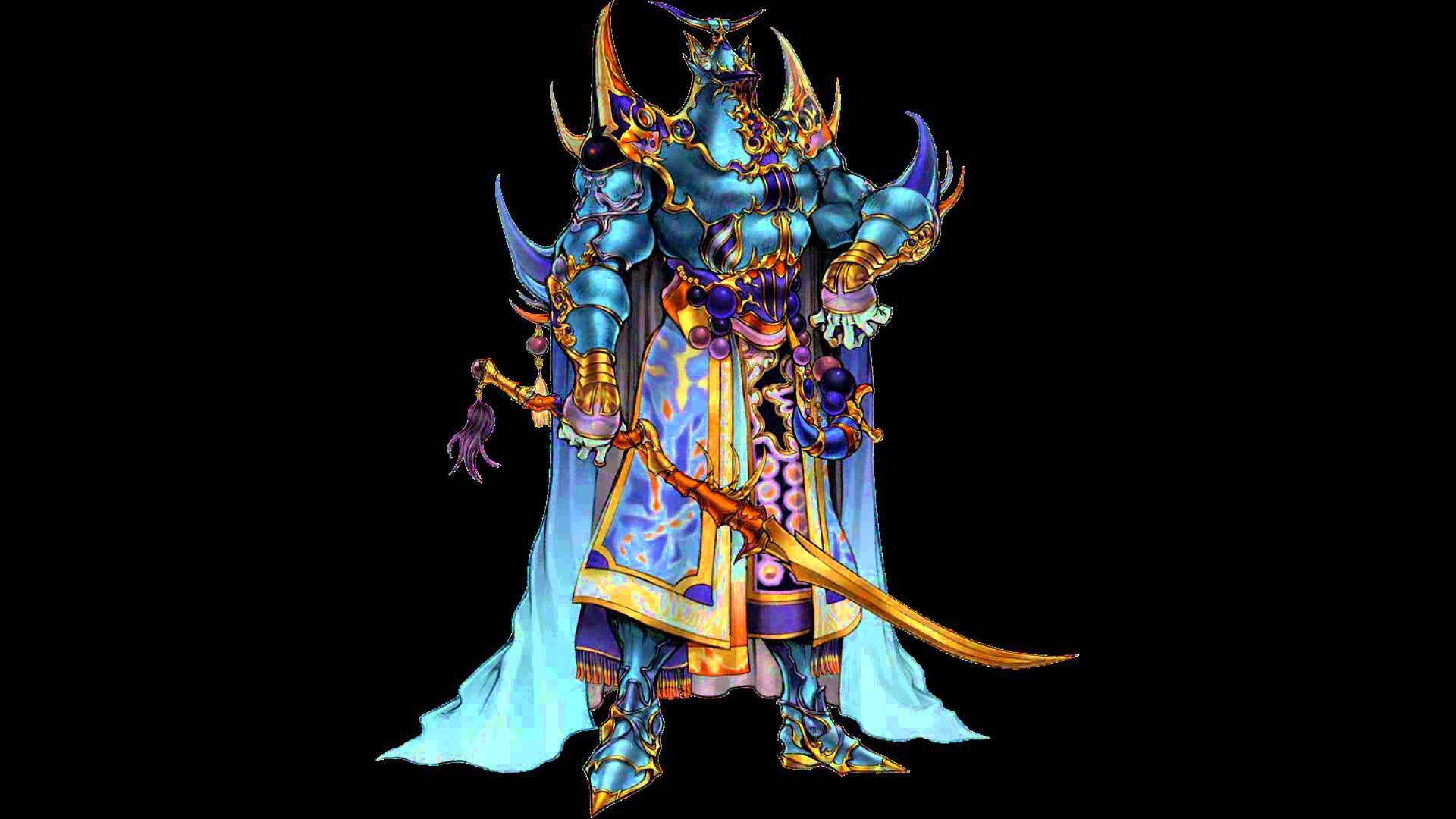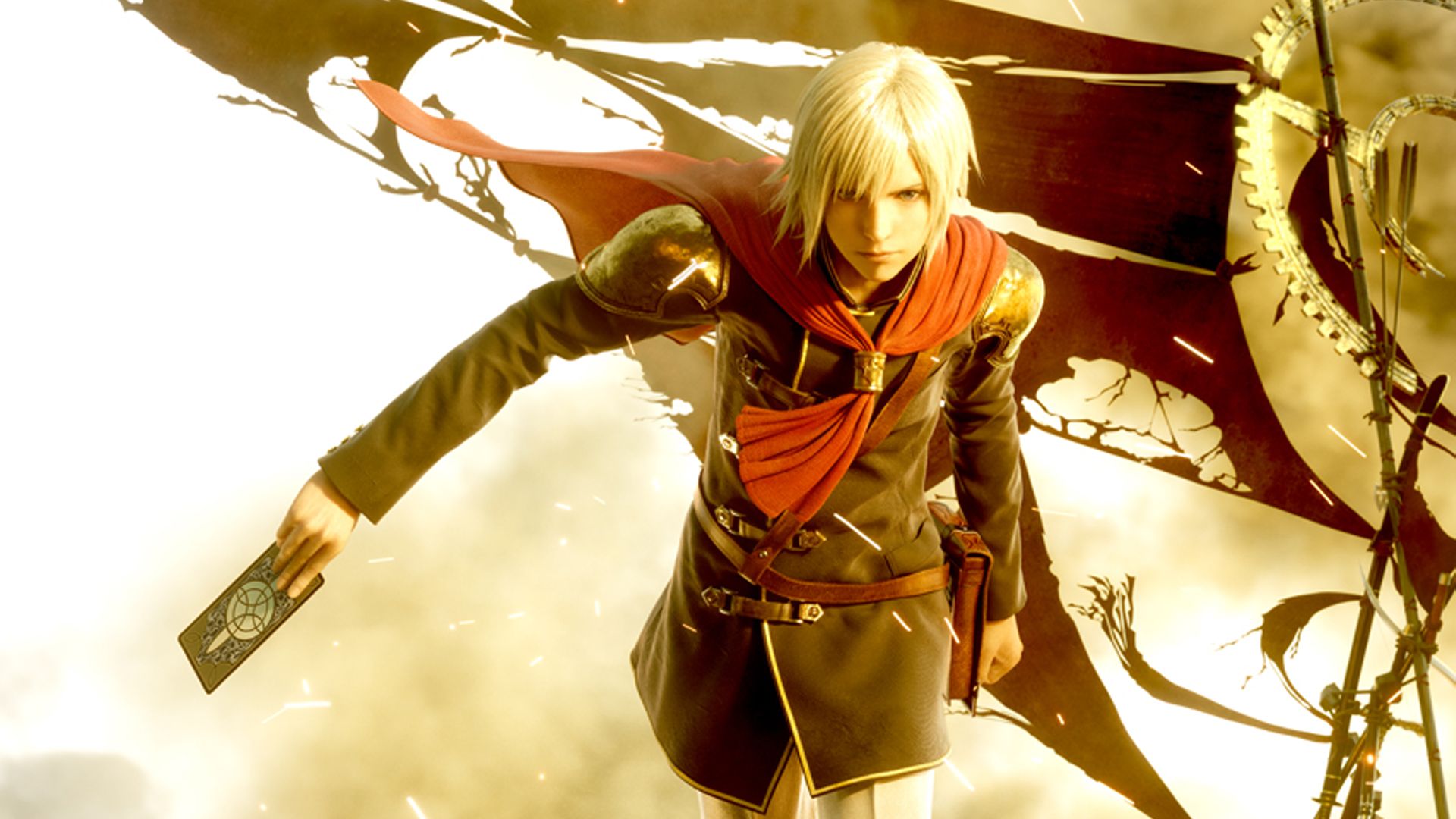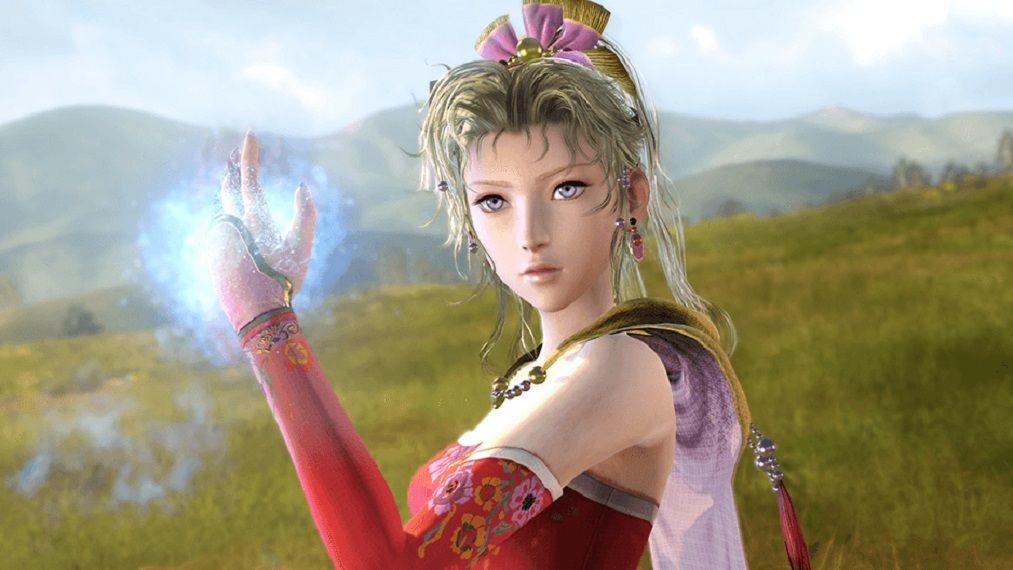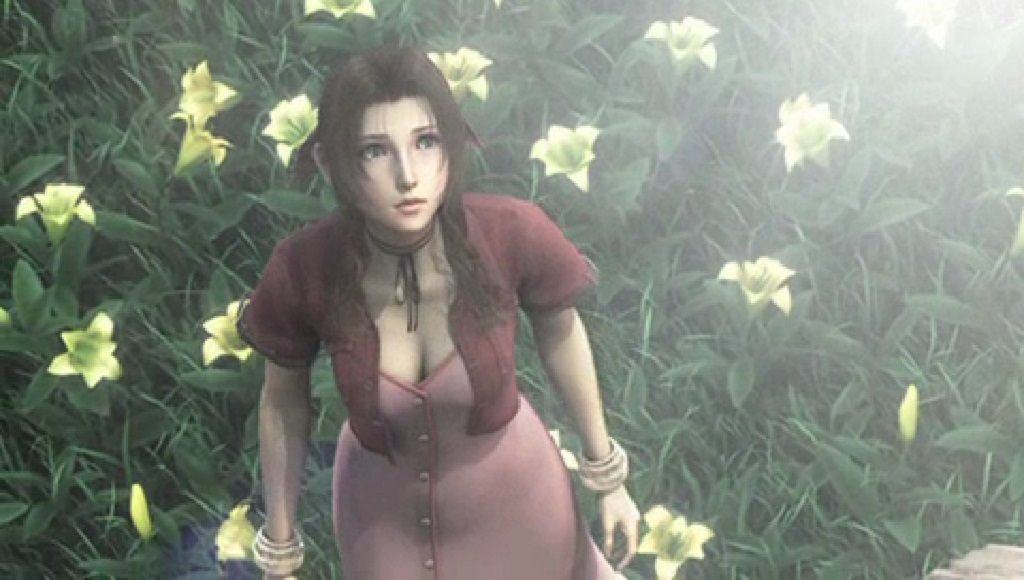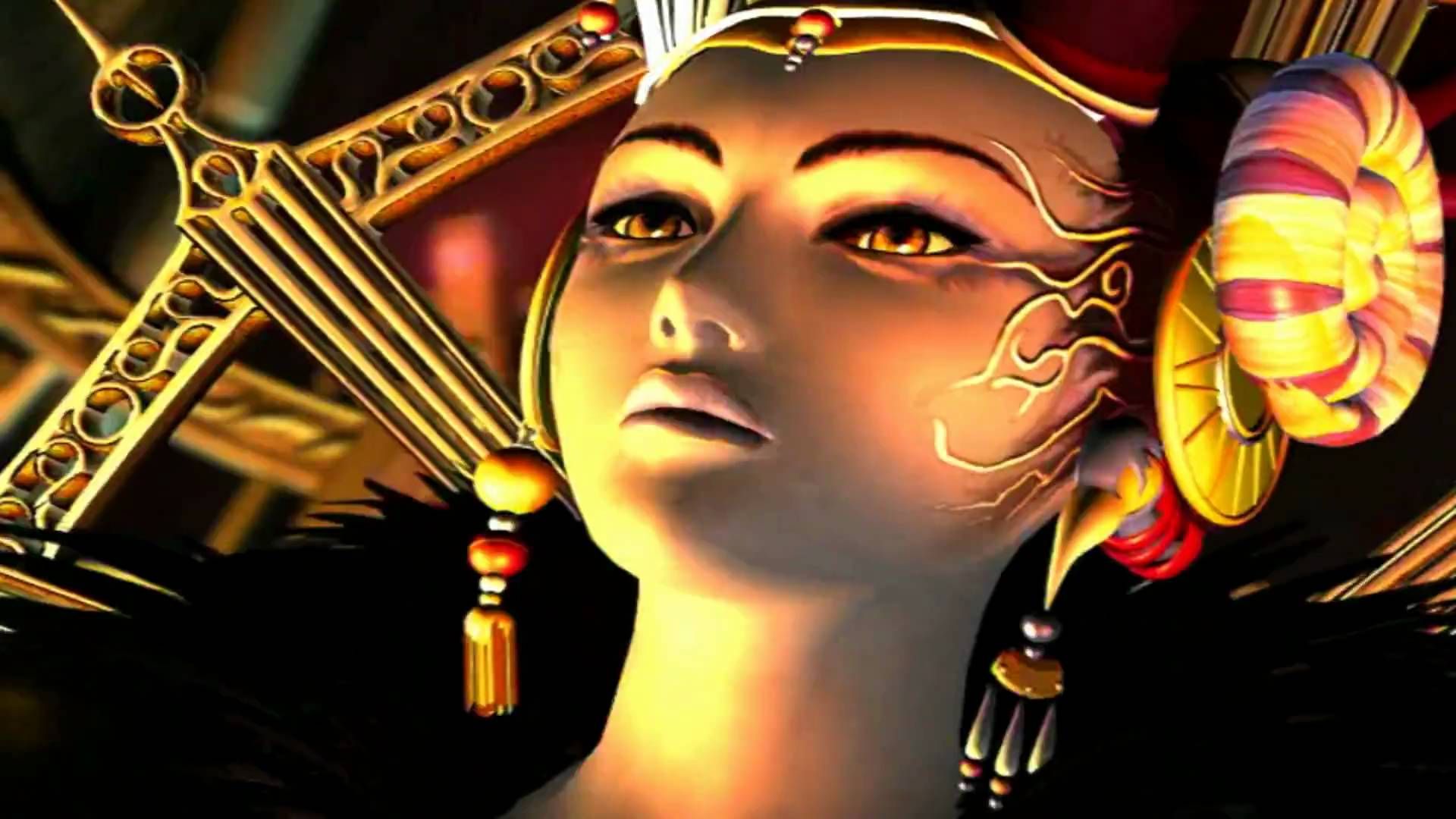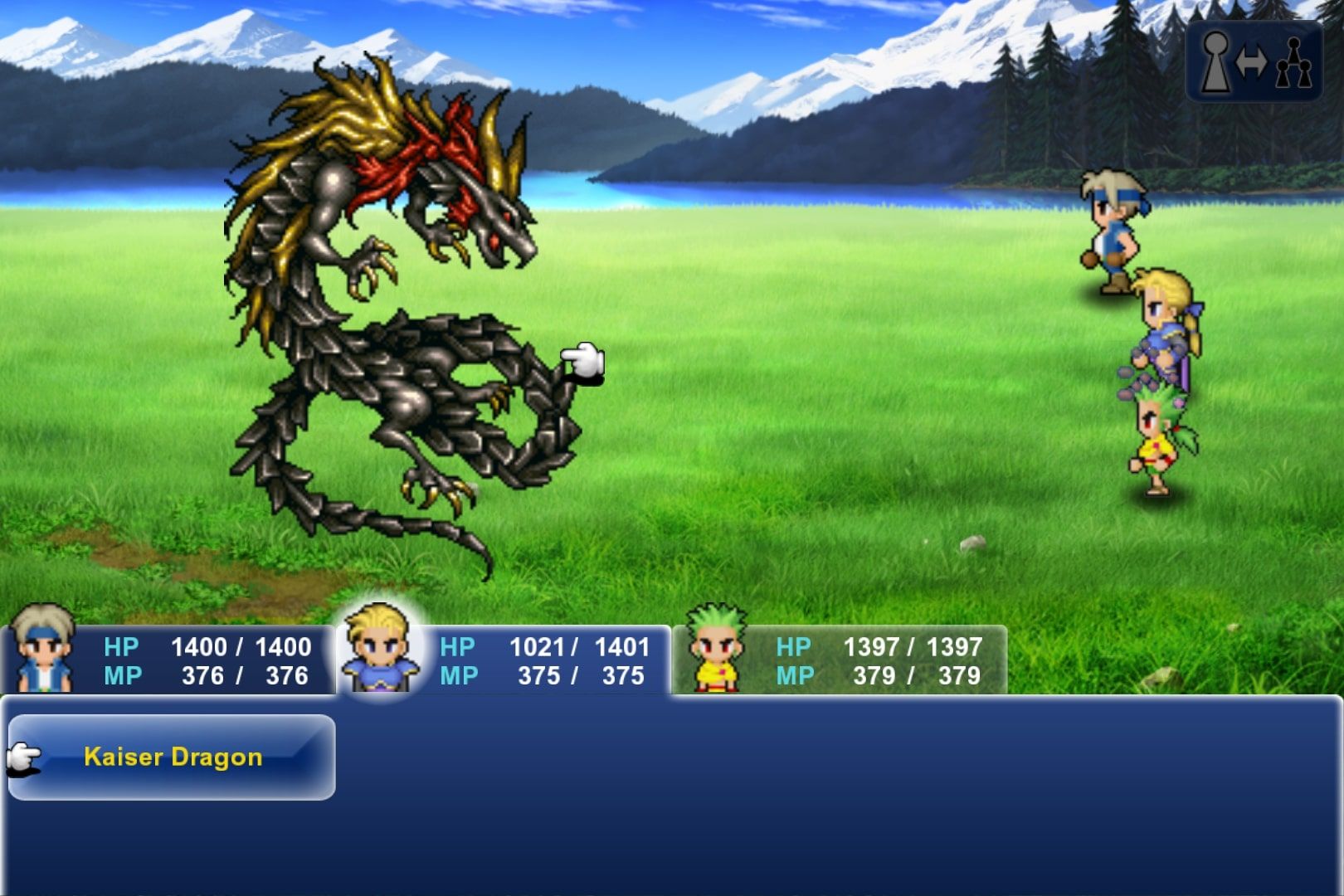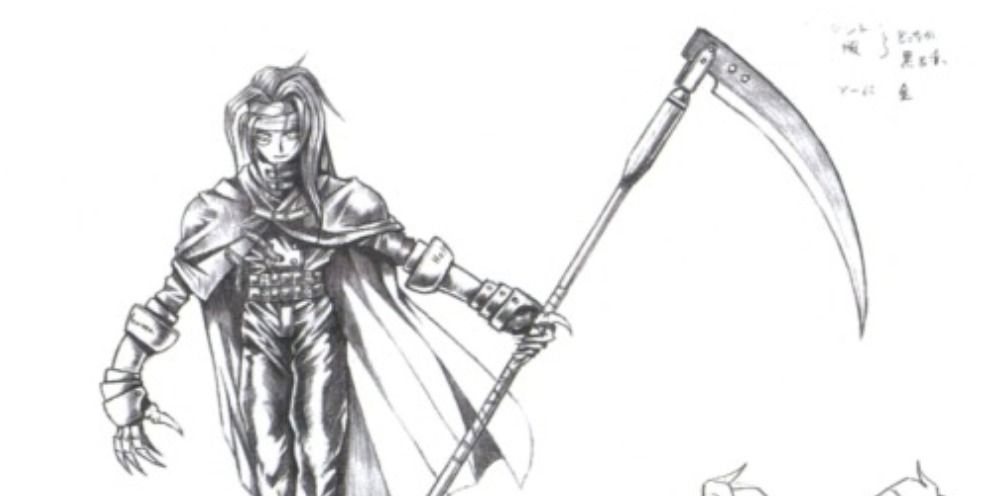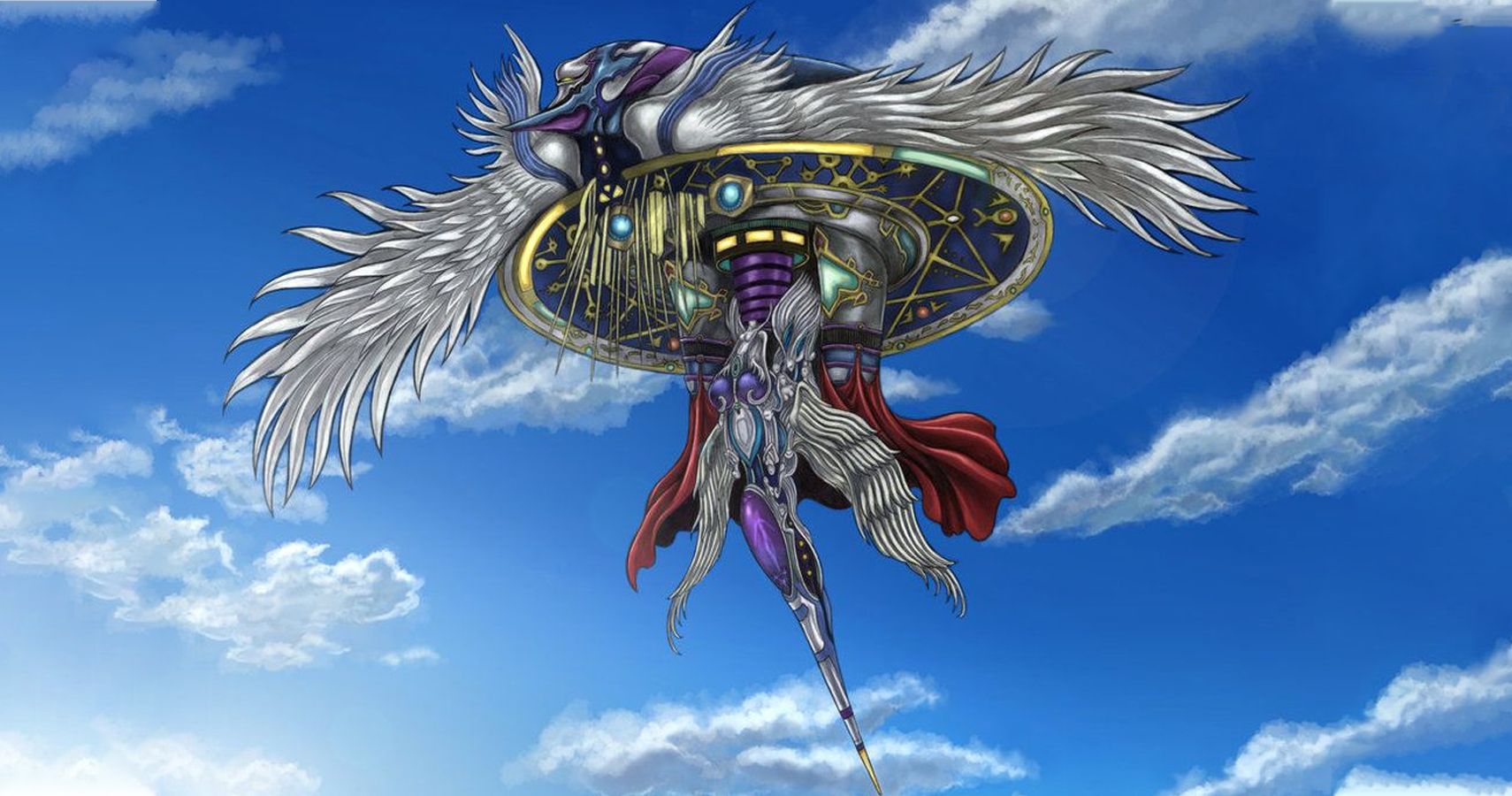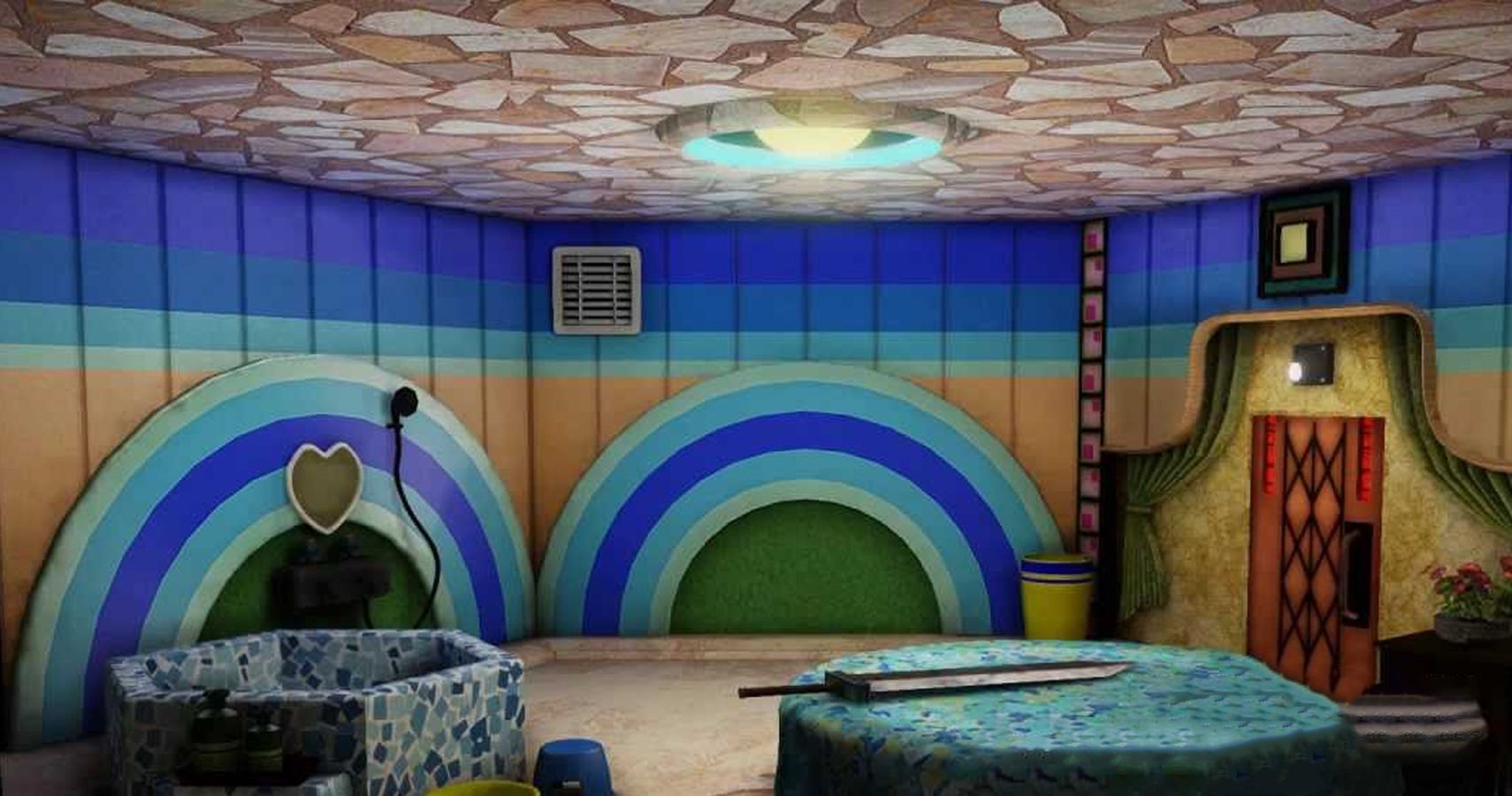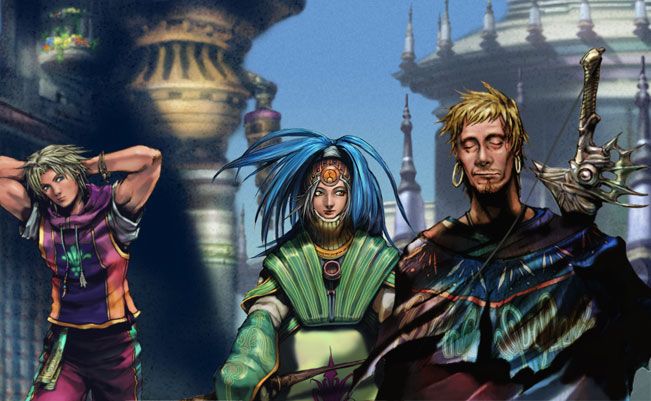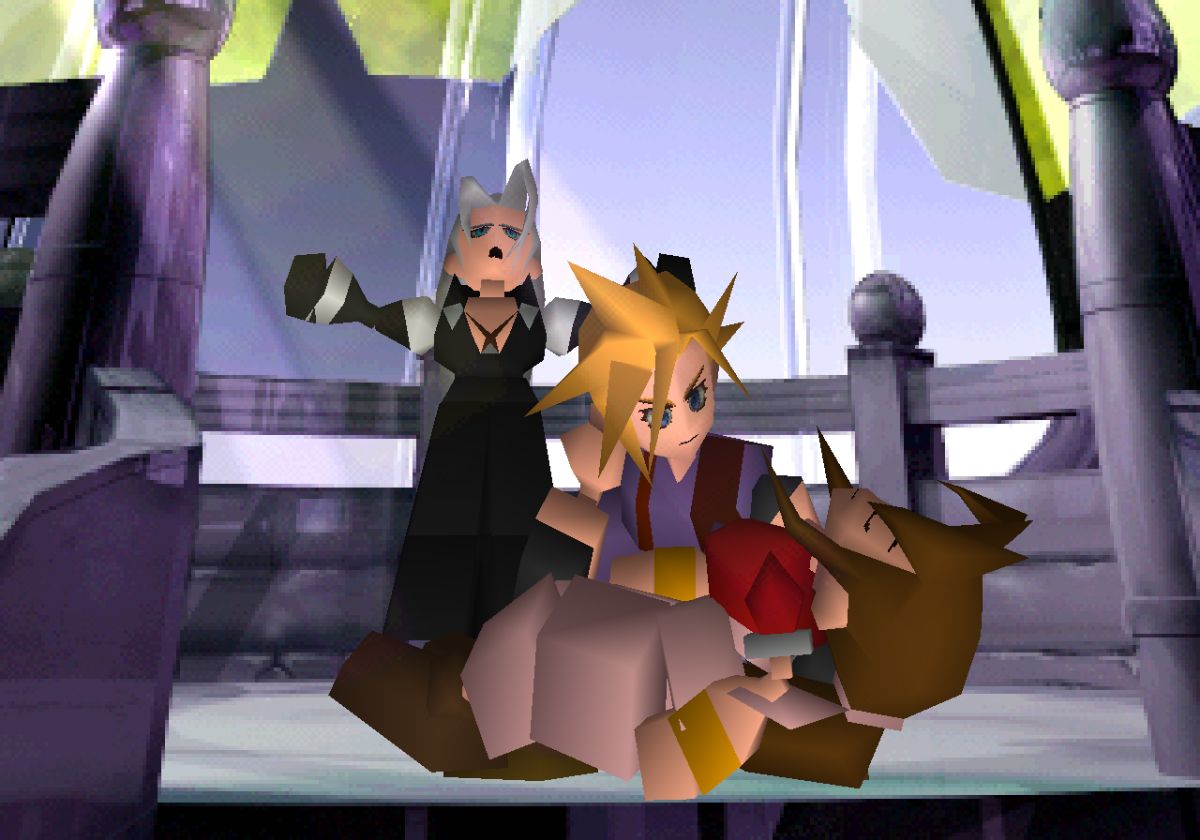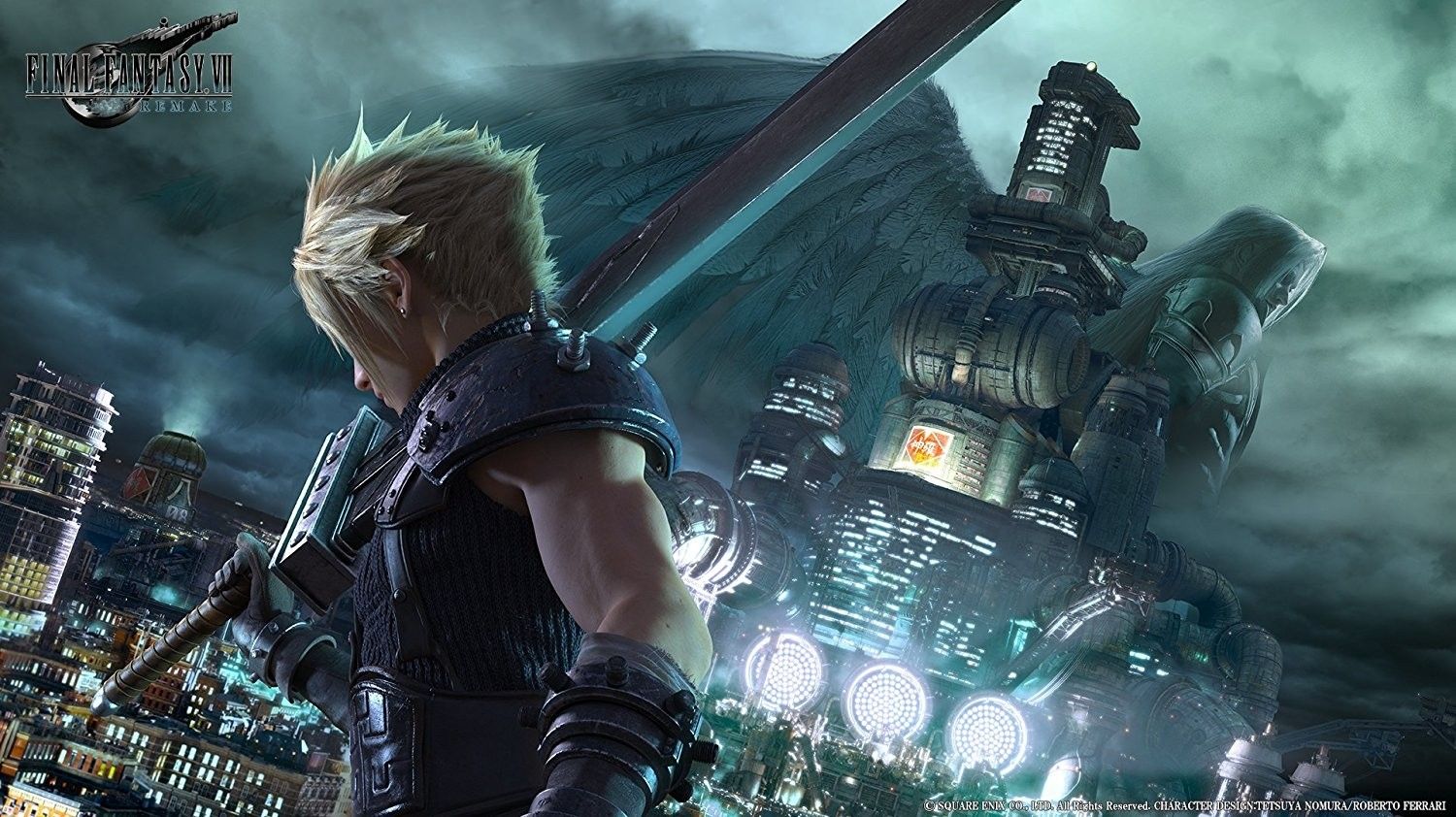The Final Fantasy series has always attempted to push the boundaries in terms of content. This has only led to the development cycle of each game growing longer, as the process to create cutting-edge graphics becomes more difficult.
The other reason why the Final Fantasy series has pumped out some sub-par entries over the past ten years is due to problems on the management level, which left games like Final Fantasy XIII being made without a concrete direction and why Final Fantasy XV was just a repurposed spinoff game that spent over a decade in various forms of development.
It's due to reasons like this that the Final Fantasy games are often filled with content that went unused, due to changes in the creative direction of each game that made them redundant.
Removing content within a video game can sometimes lead to bugs and glitches, which has led to many developers hiding the unused content away in order to make sure they are never seen by the player.
We are here to reveal the deleted elements of the Final Fantasy series that would have drastically changed the series.
Here are Twenty Amazing Things Deleted From The Final Fantasy Games (That Would Have Changed Everything.)
20 Final Fantasy IV: Cid Had A Special Airship Attack
In Final Fantasy IV, Cid straps himself with dynamite and leaps into a volcano in order to allow the rest of the party to escape. He somehow survives this incident but is left wounded for the remainder of the game.
Cid has a dummied-out command called Airship which is intended to attack all enemies on the field at once, suggesting that this may have been an ability that he could have used late in the game.
Cid Highwind from Final Fantasy VII was given a similar attack as his final Limit Break in Final Fantasy VII.
19 Final Fantasy II: The Moogles Were Supposed To Debut In This Game (But Were Replaced By Beavers)
Chocobos and moogles are considered to be the mascots of the Final Fantasy series, though the former did not debut until Final Fantasy II and the latter until Final Fantasy III.
The moogles had actually been planned to debut in Final Fantasy II, but their design was altered during development. Instead, they were turned into beavers, which Guy was somehow able to communicate with.
18 Final Fantasy VIII: Selphie Once Had The Two Most Powerful Limit Breaks In The Game
Selphie has the best Limit Break in Final Fantasy VIII in the form of a spell called The End which instantly defeats all enemies in the game (including the final boss) unless they happen to be undead.
Selphie almost had two other powerful Limit Breaks in her arsenal, as she has two dummied out commands called Catastrophe and Percent.
Catastrophe deals a tremendous amount of non-elemental damage, while Percent drops all enemies to HP Critical status. The latter command would have allowed you to sweep through any boss in the game, which is likely the reason it was cut.
17 Final Fantasy: The Phoenix Was Almost In The Series From The Start
The Phoenix is a recurring entity within the Final Fantasy series, as it is often a summoned monster with the power to deal fire damage to all other enemies while raising fallen allies from the grave.
The Phoenix debuted in Final Fantasy V, but was planned to appear a lot earlier, as there is unused concept art for the original Final Fantasy featuring the Phoenix. It would likely have appeared as a regular enemy or a boss, since the summoned monster concept did not debut until Final Fantasy III.
16 Final Fantasy IX: The Guardians Were All Meant To Be Fought Twice
There is a moment in Final Fantasy IX where the party has to break up into four groups of two so that they can challenge four different creatures at once.
You control Zidane and Quina as they fight Lich, the elemental guardian of earth, but the other three battles happen off-screen.
There are gaps in the monster ID data for Final Fantasy IX which appear around Lich's name, suggesting that separate battles with the other guardians were planned at some point, but scrapped during development.
There is also unused concept art for earlier forms of Kraken, Maliris, and Tiamat in some of the books released by Square Enix. This suggests that these bosses were indeed meant to be fought twice.
15 Final Fantasy III: Unei Had A Totally Different Design
One of the main supporting characters in Final Fantasy III is a powerful witch named Unei, who was one of the three students of Noah and had been granted access to the world of dreams as a gift.
Unei is introduced to the party as an old woman dressed in shabby clothes, but this wasn't the original plan for the character.
The concept art for Unei shows her as a beautiful young woman who is dressed in revealing clothes. This design was scrapped for the video game version of Final Fantasy III, but it still used in the manga adaptation of the game.
14 Final Fantasy Tactics: Valmafra Was Meant To Be Playable
One of the most curious characters in Final Fantasy Tactics is Valmafra Lenande, a powerful sorceress in the service of Delita. The game suggests that Valmafra is going to be important and hints that Delita disposed of her when he discovered her true allegiances. Valmafra then shows up for the ending as if nothing had happened.
There is a lot of unused character data for Valmafra, suggesting that she was planned to be a playable character at one point in development. It's unknown why she was cut or why she wasn't totally removed from the game.
13 Final Fantasy V: Exdeath Was Almost A Centaur
The villain of Final Fantasy V is a mysterious being known as Exdeath, who wants to return all existence back to the void from whence it came.
Exdeath is always seen wearing armor, until the final battle when he sheds it and transforms into a tree monster.
There is unused concept art for Exdeath that shows him as a centaur while battling Bartz. This was later scrapped, in favor of him transforming into an intimidating amalgamation of all of his servants for the final battle.
12 Final Fantasy Type-0: There Are Several Unused Eidolons
The Eidolons that appeared in Final Fantasy Type-0 were different from the summoned monsters that appeared in other games within the series. They required the sacrifice of at least one playable character in order for them to appear on the field, which meant that they were usually only used as a last resort.
There were originally three other Eidolons planned to appear in Final Fantasy Type-0, but they too were scrapped during development. These Eidolons were Pandemona, Phoenix, and Typhon, who have appeared in other games in the series.
11 Final Fantasy VI: Terra Was Almost A Guy Who Looked Like Squall
Tetsuya Nomura started his work with Squaresoft as a debugger for Final Fantasy IV, before moving into the art design aspect of the series.
Final Fantasy VI was the first game where Nomura was given a degree of control over the character designs, leading to his creation of characters like Shadow and Setzer.
Tetsuya Nomura originally wanted Terra (the main character of Final Fantasy VI) to be male, with a design that was revealed as part of a celebratory piece of artwork. Fans quickly realized that the male version of Terra looked a lot like Squall from Final Fantasy VIII.
10 Dissidia 012: Aerith Was Meant To Be A Playable Character
Dissidia 012 made the strange decision to sell the demo for the game, which came with a bonus DLC character in the form of Aerith from Final Fantasy VII.
Aerith is different from the other characters in the game in that she can only be used as an assist character. This means that she isn't actually playable and can only be summoned to support other characters.
There is evidence within the data of Dissidia 012 which suggests Aerith was indeed meant to be a playable character, as she has equipment slots. There is no other plausible reason for her to have these, as it is impossible for her to use them the final version of the game.
9 Final Fantasy VII: Edea Was Almost A Servant Of Jenova
The story of Final Fantasy VII underwent numerous changes during development, with the character of Jenova being created not as an alien, but a part of the human brain.
The original intention for Jenova was that it was the name for a part of the brain that some could access in order to use magic. It was also possible for people to access their Jenova element artificially with the aid of Mako.
Edea (the first villain of Final Fantasy VIII) had initially been planned to debut in Final Fantasy VII as a priestess of Jenova. This version of the character was scrapped, but Edea's design was liked so much that it was repurposed for Final Fantasy VIII.
8 Final Fantasy VI: The Secret Bosses From The Game Boy Advance Version Were Planned For The Super Nintendo Game
Final Fantasy VI has no post-game content or secret bosses, but there had been at least one planned to make an appearance in the game. There is unused data for a creature called CzarDragon which was supposed to be the most difficult boss of the game.
The eight dragons that plague the world of Final Fantasy VI were also intended to return for a second fight, giving them the ability to summon each other in battle. There is text in the game which confirms their ability to call on friends.
These unused elements were later reworked into Final Fantasy VI Advance, where CzarDragon became the Kaiser Dragon and the eight dragons could be fought as a group.
7 Final Fantasy VII: Vincent Had A Totally Different Personality
Vincent Valentine underwent a lot of changes during the development of Final Fantasy VII.
Vincent had originally been planned to be a horror researcher, which explains his ability to transform into different monsters. He was also depicted wielding a scythe in battle, which was switched to a handgun for the final version of the game.
Vincent was also supposed to be a detective at one point, with a charismatic and outgoing personality that would encourage him to flirt with the female members of the party. This aspect was completely shifted for the final version of the game, where Vincent is often sullen and rarely talks.
6 Final Fantasy XV: The Gladiolus DLC Originally Revealed The True Identity Of Ardyn
Final Fantasy XV had three DLC chapters based on Noctis' three allies. The first focused on Gladiolus, as he faces a dangerous dungeon in order to prove that he is worthy to act as the Shield of the King.
Gladiolus faces Gilgamesh at the end of his chapter, where Gilgamesh recognizes Gladio's worth as a warrior.
There is dummied dialogue within the files of the Episode Gladiolus chapter where Gilgamesh tells Gladio the story of the Founder King and his brother. This is something that isn't revealed until much later in the final version of the game.
5 Final Fantasy VIII: Eden Was Almost A Reference To Final Fantasy XIII
Final Fantasy VIII has a curious secret hidden within its files.
The final Guardian Force that to be found in Final Fantasy VIII is called Eden, a strange technological creature that deals a ton of damage against enemies.
If you can access the debug room of Final Fantasy VIII, you will find that Eden's name was originally Bartandres, a name that would go unused until Final Fantasy XIII; where an alternate romanization of the name was used for the main villain of the game.
4 Final Fantasy VII: The Honey Bee Inn Was Almost A Lot Less G-Rated
The move from the Super Nintendo to the PlayStation allowed Squaresoft new freedom in the content they could use in Final Fantasy VII, as they were no longer bound by Nintendo's infamously harsh censorship guidelines.
It seems that they went a little too far in some places, as fans have discovered a ton of unused content within the Honey Bee Inn, a seedy motel that Cloud can visit during the early stages of the game.
The Honey Bee Inn was originally going to include more rooms and scenes that outright stated that it was a more than just an inn. This was only hinted at in the final version of the game.
3 Final Fantasy X: The Story Almost Ripped Off The Sixth Sense
Final Fantasy X originally started out as a totally different game called Seventeen. It was called this because the game was set in a world where everyone passed at age seventeen due to a mysterious disease.
The characters in Final Fantasy X underwent numerous changes during development, such as Tidus becoming a plumber and Yuna becoming a nurse who worked with the sick.
The original twist in Final Fantasy X was that Tidus had been a ghost all along. At this point, the developers had yet to see The Sixth Sense. When they did, however, the twist had been switched over to Auron.
2 Final Fantasy VII: Aerith's Final Moments Were Planned To Happen Later In The Game
There are numerous inconsistencies in the cutscene where Sephiroth wounds Aerith, such as the background changing numerous times and Sephiroth's gloves disappearing in-between scenes.
Aerith also has dialogue in a few scenes that take place after she's gone.
There is an unused map in the Northern Cave that plays "Aerith's Theme" when loaded. This has suggested that Aerith was planned to have met her fate in the Nothern Cavern, but the developers pushed it forward to ensure that it happened at the end of disc one.
1 Final Fantasy VII: The Entire Plot Of The Game Was Changed During Development
Final Fantasy VII was a big deal for Squaresoft as it presented a huge risk for the company. They were jumping from 2D to untested 3D technology, abandoning their previous supporters in the Nintendo community to join a brand new console.
Final Fantasy VII underwent numerous changes in development, which included almost an entirely different story.
The original plan for Final Fantasy VII was to star a detective in New York City who was hunting the AVALANCHE a group who was believed to be behind the destruction of Midgar.
This original concept for Final Fantasy VII (along with the previously mentioned Jenova elements) were reworked into Parasite Eve.

